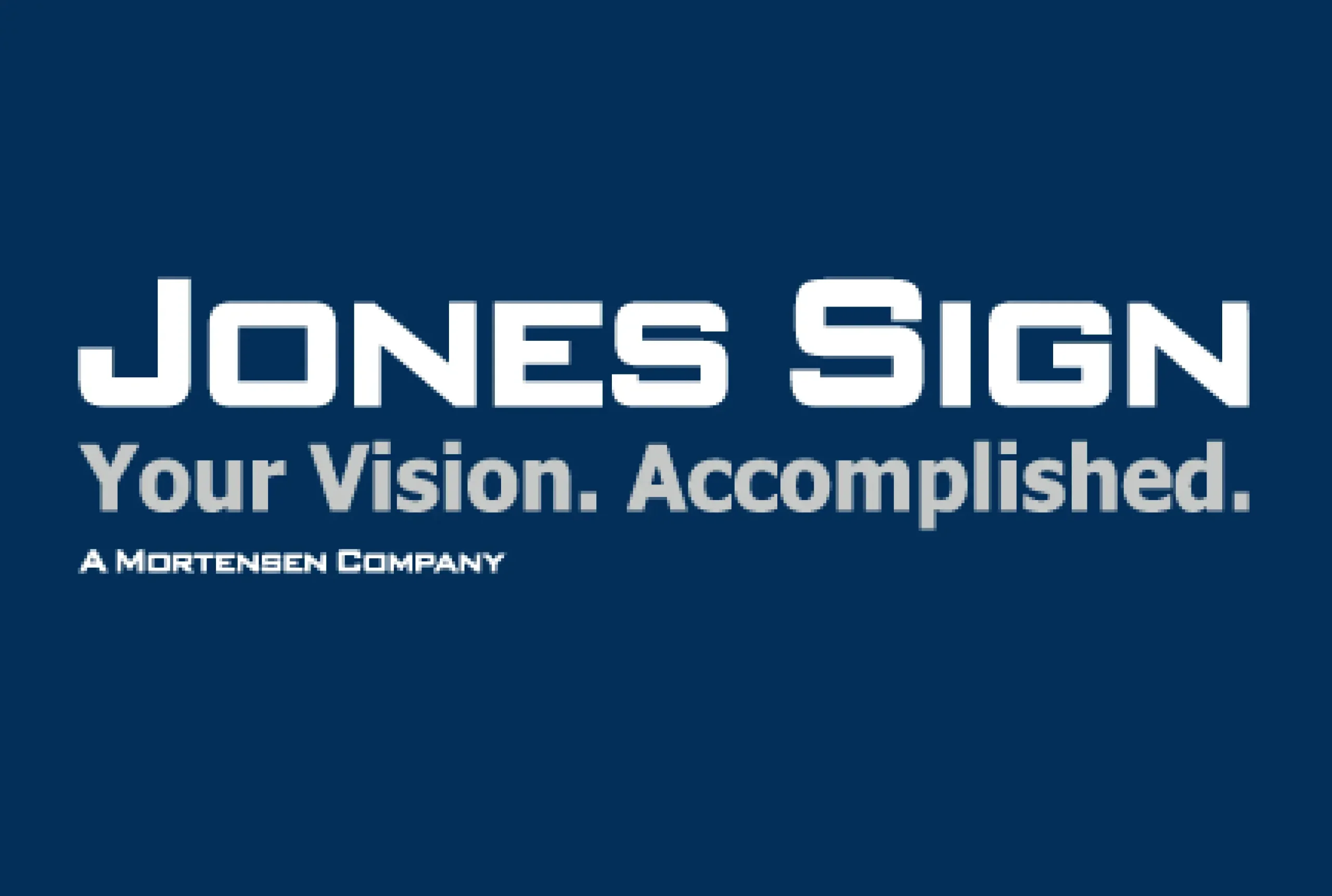Let’s be honest, managing a warehouse full of high-value inventory can be a nerve-wracking job. Whether you’re dealing with delicate electronics, heavy machinery parts, or specialised equipment, the stakes are incredibly high. A single mistake doesn’t just lead to a bit of lost stock; it can mean thousands of dollars down the drain, project delays, and a whole lot of operational headaches.
The dangers are ubiquitous: damage from poor stacking, inefficiencies clogging your entire operation, and theft. It’s a delicate balancing act. What if one of the best solutions isn’t some esoteric new gadget, but something strong, solid, and underappreciated? It’s time we had a conversation about stillage and its essential place in today’s warehousing.
The Growing Importance of Protecting High-Value Inventory
In today’s economic climate, simply hoping for the best isn’t a strategy. The cost of goods is on the rise, and as anyone in the industry knows, supply chains have become fragile and unpredictable. According to market research from IBISWorld, the warehousing and storage industry is facing immense pressure to become more efficient and secure. Every item sitting in your facility represents a significant investment, and high-value items carry an even higher risk of substantial financial loss if they’re damaged or misplaced. It’s not just about the money, either.
It’s about responsibility. Under Safe Work Australia’s WHS regulations, businesses have a clear duty of care to ensure all goods are handled and stored safely. This legal and ethical obligation means that protecting your inventory is directly linked to protecting your people. When you invest in proper storage, you’re not just protecting assets; you’re building a safer, more compliant, and more resilient operation from the ground up.
What is Stillage and Why It’s Essential?
Defining Stillage
So, what is stillage, then? Simply, it’s a heavy-duty, steel-framed cage or pallet made to store and ship products. Think of it as a protective, heavy-duty shell for your most valuable inventory. They’re not standard issue, either. You have stackable ones to make the most of vertical space, collapsible ones to store easily when they’re not being used, and even specialty designs for specific, oddly shaped products.
Core Benefits
The true worth of stillage is in its fundamental advantages. Most importantly, durability. These steel cages are constructed to take impacts and the general mayhem of a high-activity warehouse, providing serious protection. And then there’s introducing order into that mayhem so you can stack products safely and maximise every square metre of your operation. This organised system not only conserves space but also improves handling, enabling you to achieve those all-crucial WHS standards.
Risks of Mishandling High-Value Inventory Without Proper Solutions
Common Issues
So what occurs when you lack the proper equipment? It’s a disaster waiting to happen. We’ve all heard or witnessed the nightmares: pallets of high-value electronics crashing to the floor, delicate pieces of equipment being destroyed from underneath by misaligned boxes being stacked on top, or worse, a top-heavy load resulting in a severe workplace injury. These events aren’t rare occurrences. They lead to a chain of adverse effects, ranging from expensive product write-offs and soaring insurance claims to harmed reputations and, most significantly, hazards to the safety of your employees.
Case Study Insights
You don’t need to look very far to observe the bottom-line effect. As discussed in several case studies by industry giants such as MHI and Logistics Bureau, ineffective storage is a sure route to financial loss. Take, for example, a manufacturing company that kept heavy parts on conventional wooden pallets. They discovered damage in internal transportation was untenably high. The absence of support and containment caused repeated replacements and time wasted in production, an issue that could have been easily addressed by a stronger handling solution. It’s the classic case of the leaky bucket where a little mistake in storage causes huge downstream expense.
How Stillage Safeguards High-Value Goods
Security and Theft Prevention
When your stock is valuable, it is only natural that it will attract the likes of thieves. Opened pallets and easily accessible shelves are a huge risk. This is where lockable stillage cages become a vital security item. By keeping valuable goods locked inside a steel enclosure, you provide a strong deterrent against unauthorised access.
In high-security warehouse areas, non-negotiable controlled access is a requirement. It provides an easy yet highly valuable additional layer of security, allowing only approved individuals to gain entry to your most valuable assets.
Structural Protection Against Damage
The greatest danger to high-value inventory is not theft, but plain, avoidable damage. Stillage offers the structural strength required to remove this risk. Its rigid construction avoids damaging goods, prevents pallets from collapsing over, and prevents items from being stacked in a manner that undermines their integrity.
While in transit, this is even more important. The cage takes the bumps and movement that occur during transit, ensuring your products are delivered in the same state they were when they left. Technologies like stillage offer a secure and organized means of storing and transporting high-value items.
Compliance & Worker Safety
Ultimately, a safe warehouse is an efficient and compliant one. By design, stillage makes manual and forklift handling safer. Stable, contained loads are far less likely to shift or fall, drastically reducing the risk of workplace accidents. This directly corresponds with Safe Work Australia’s WHS standards that require businesses to take all reasonable measures to remove or minimize safety hazards. Installing stillage is a concrete measure in meeting that duty of care, safeguarding your staff and your business.
Real-World Applications of Stillage
Industries that Benefit
The application of stillage is not in just one or two markets; its cross-applicability makes it a highly prized resource for a multitude of industries. In the world of automobiles, it’s employed for the secure storage of anything from tiny components to full engines. In the mining and building industries, it’s the first choice for heavy-duty tools and machinery parts. And within the quick-paced world of retail and eCommerce, stillage is ideal to utilize for the distribution of bulk shipments, delicate products, or valuable electronics prior to being sent out for delivery.
Efficiency Gains
In addition to protection, stillage is also a force for efficiency. When products are neatly organized and contained, they can be transferred across the warehouse at high speed. This cuts down on receiving and dispatch handling times, which translates to your staff spending less time shuffling pallets and more time performing value-adding processes. The unobstructed visibility provided by the cage structure also serves to accelerate and improve inventory checks.
Best Practices for Implementing Stillage in Warehouse Operations
Simply buying stillage is not sufficient; you must incorporate it effectively. Begin by educating your employees about proper loading, stacking, and handling practices to achieve maximum safety and durability. Ensure your stillage units are incorporated in your warehouse management software (WMS) for easier tracking. Finally, just as with any other key piece of machinery, arrange to have periodic inspection done to verify wear and tear. A well-maintained stillage cage is a safe and sound one
Future Outlook – Smarter Storage for Smarter Warehousing
The future of warehousing is intelligent, automated, and highly efficient. We’re witnessing an increasing trend of combining strong physical solutions such as stillage with advanced automation, including Autonomous Guided Vehicles (AGVs) and other warehouse robotics.
While logistics processes become increasingly complex, the demand for a robust and secure storage base intensifies even further. Spending on good-quality stillage today is all about future-proofing your warehouse for the increasing demand for secure, accountable, and efficient handling of inventories.
Conclusion
Defending your valuable inventory is more than a line item on an expense list; it’s core to your success operationally. It’s the preservation of your investment, keeping yourself compliant, and making your workplace safer for everyone on your staff.
Stillage is not merely a cage made of steel, but rather a full-spectrum answer that succeeds across the board: safety, efficiency, peace of mind. It is time to examine your existing storage practices carefully and pose a simple question: are they really tough enough to safeguard your most important assets?











